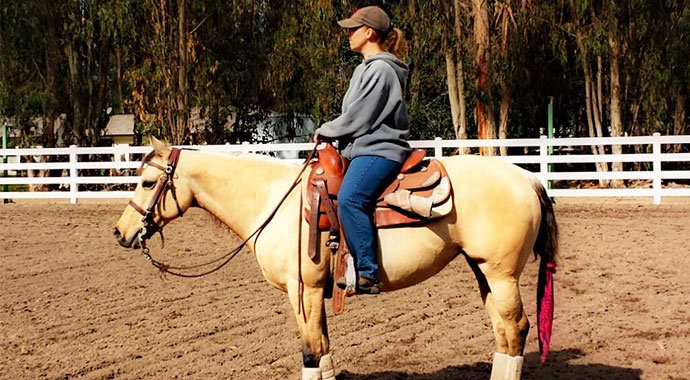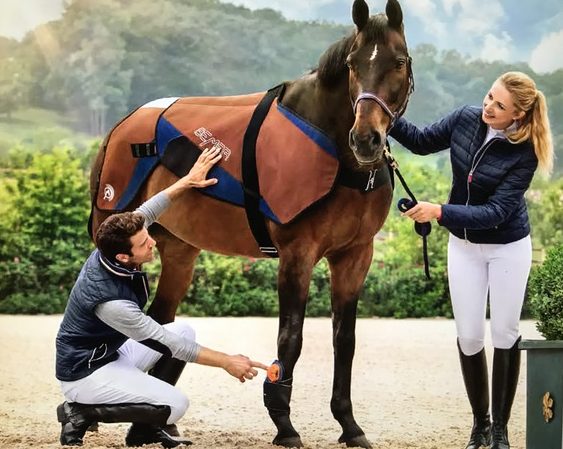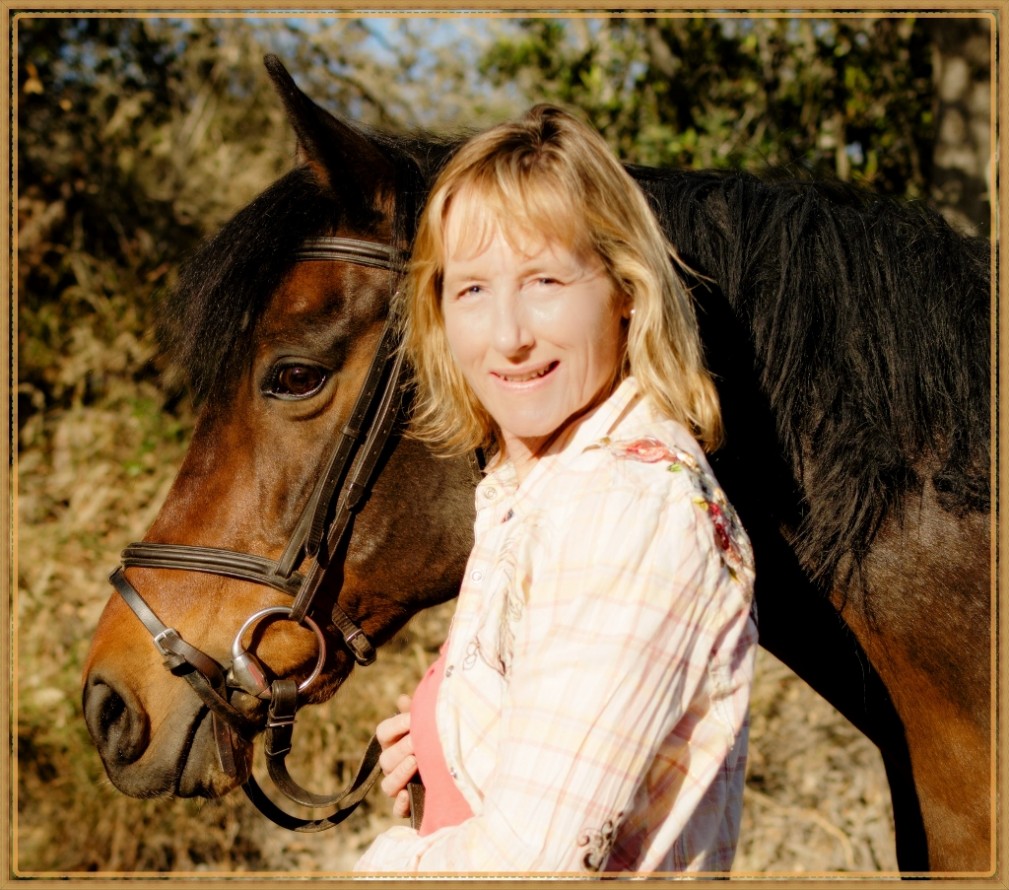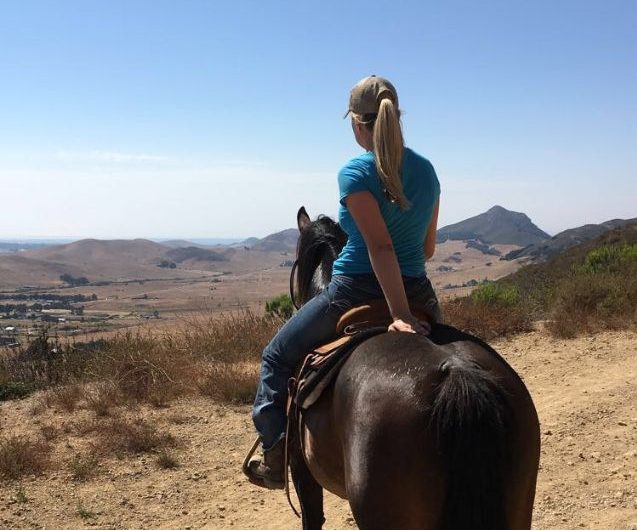Reining, much like dressage, is essentially a preset series of maneuvers that when put together comprise a “pattern”. The portions of a traditional reining pattern that really get people’s blood pumping and garner the “whoops” and “hollers” are typically the “sliding stops”, “spins”, “big fast circles”, etc. However, there is one maneuver that is present in every reining pattern, but often gets overlooked by both spectators and riders; It is something that often doesn’t get the practice time or emphasis (especially by amature riders), because it seems so simple, and yet it can mean the difference between a bad score and a decent score, or a decent score and a winning score. I am speaking about the “hesitation”.
Essentially, in reining, the “hesitation” happens between certain maneuvers, and shows that on a loose rein, the horse is quiet, relaxed and waiting for the next cue from his rider, not simply going through a pattern on auto pilot. Poor “hesitations” typically make for a sloppy, rushed pattern, and reining is supposed to be a precision sport. The need for a good hesitation is not something that is unique to reining; In dressage, there are times when a horse must demonstrate relaxation on a loose rein, many rail classes call for an “all stop” where a horse is expected to stand quietly on a loose rein, in trail classes, horses must hesitate or stop and stand before and/or after certain obstacles, and even the pleasure rider finds many instances during a ride when a good “hesitation” and a quiet horse are essential.
When I first began showing reining as a teenager, my patterns looked more like the furious whirlings of a dervish, than the fluid precision movements of a ballerina. Of course, I was tense, which made my horse overly anticipate my cues, and even if I happened to get a great stop or nice turn around, my scores reflected a general lack of “control”. When I began working with Gary Van Hoosen, I was introduced to the idea of “camping” on my horse. Like many of the things that he told me, the idea seemed strange at first. I would complain about my mare being too “hot” or “jigging” between maneuvers, and he would tell me,“go camp on your horse”. Basically, this meant go off in a corner of the arena and stand until my horse was quiet; Sometimes it would take minutes…sometimes much longer. It could be frustrating, but the more that I practiced it, the easier it got, and eventually, my mare began to relax more during work outs and even in the show pen.
Today, I still practice “camping” on the my horse, perhaps at an even more intense level than I did when I was younger. A typical work out finds me stopping and standing for extended periods quite frequently. It is second nature to complete a sliding stop or a set of turn arounds and require my horse to stand quietly on a loose rein. At a show, after warming up, I will find an out of the way spot in or around the warm-up arena and simply stand and watch the other riders. When I enter the show pen and come to the center of the arena before beginning my first maneuver, I make my horse stand on a loose rein until she is completely settled and I know that she is ready to work. Personally, I believe that this is one of the most important aspects of both good “horsemanship” and good “showmanship”, because not only am I requiring that my horse give me her undivided attention before beginning a pattern, I am also showing the judges that I have complete control over what is about to happen. This results in patterns that are “prettier” and higher scoring.
So, what does this mean for the non-reining rider? The same thing that it means for the reining rider. Teaching your horse to settle by practicing “camping” is a fundamental art no matter what discipline that you choose to indulge. It is the beginning and ending to everything that you do; It is the place that you can always go back to when you need to re-center yourself, calm your nerves and calm your horse’s nerves. I suggest taking at least ten minutes of your riding time (broken up into two to three minute periods), where you come to a stop, loosen your reins and require your horse to stand quietly; If he jigs, moves, or becomes agitated, simply rein back a few steps, loosen the reins and try again…eventually, he will get the idea that a good period of “hesitation” is as important as a nice jog, a solid headset, a collected canter, a good stop, a quick spin, etc.
Learning to “camp” on your horse doesn’t require anything except time and patience, something all riders can benefit from. Practice it, use it, and remember that when it comes to good horsemanship and showmanship, sometimes the little things that get overlooked are the things that have the biggest impact on our scores, placings, times, and overall relationships with our equine partners.
[contentblock id=4]



